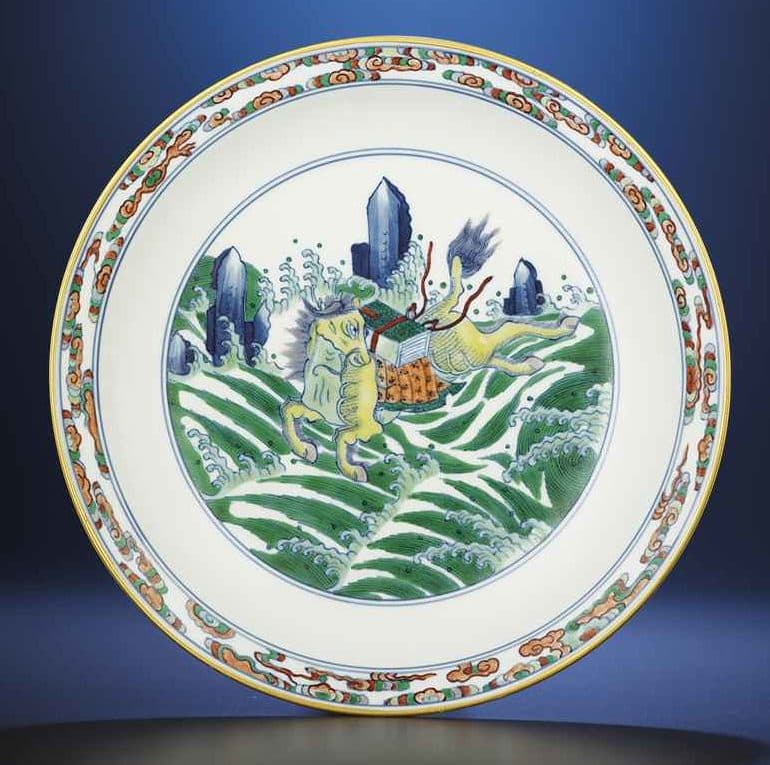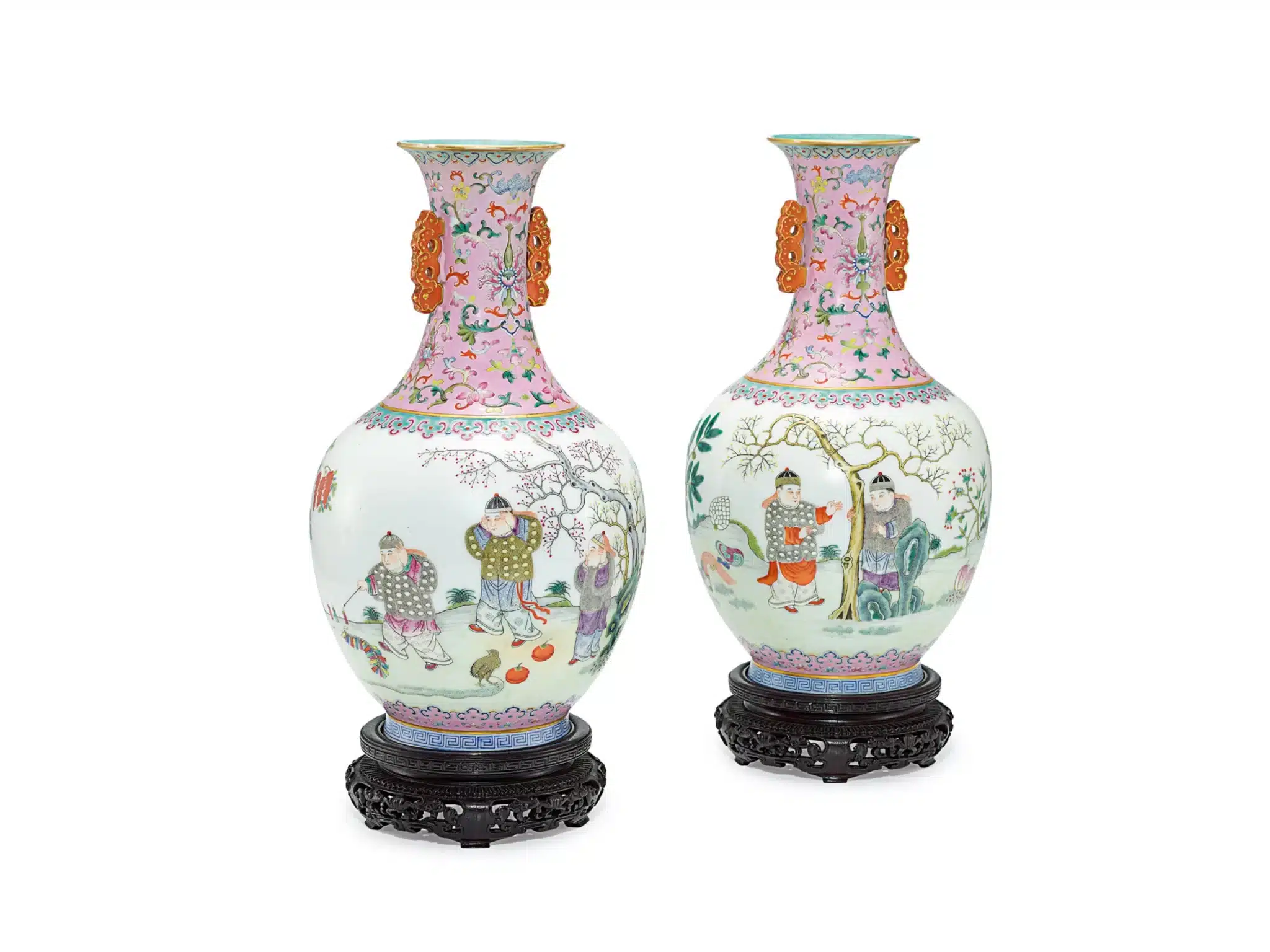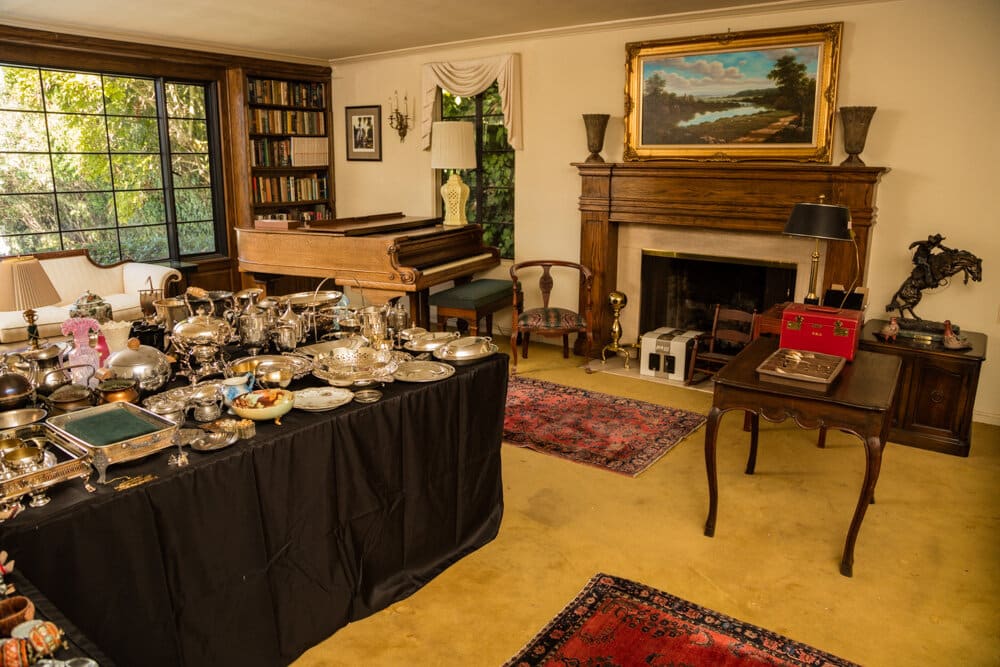
The Art of Chinese porcelain
The art of Chinese porcelain
Chinese porcelain has some twenty-thousand millennia of history behind it. Like other creators around the world, individual artisans found inspiration in everything from spiritual concepts to current affairs and sheer functionality. During the long-lived Qing dynasty, which lasted from 1644 until 1911, methodologies used for centuries prior reached new heights of perfection, resulting in iconic styles unique to the era.
Notable developments in artistic style
By the 1600s, the familiar blue-and-white motifs that most people associate with Chinese porcelain were already hundreds of years old. Artisans created these underglaze images by painting cobalt blue colors onto the hard surfaces of porcelain vessels before glazing and firing them. Because blue pigments were easier to use consistently, they gained prevalence over underglaze colors like red.
During the Qing dynasty, more artisans began experimenting with centuries-old overglaze enamel techniques. Demand from emperors and nobility spurred on the cultivation of these methods in cities like Jingdezhen. In some examples, commonly referred to as doucai, which meant contrasted or joined colors, artists followed cobalt underglaze treatments with high-temperature firings and then refined the subtle blue designs with other colors.
The Qing dynasty was also a time of developing color palettes. New hues, like green, pink, yellow and black, gave artists more dynamic options for representing naturalistic and fantastical figures.
The impacts of expanding knowledge
Outsider cultures had long taken an interest in Asian ceramics. During the Qing dynasty, however, multinational expansionism and cultural exchange further increased the appeal of iconic Chinese art. Unfortunately, this proliferation also led to the development of a thriving counterfeit industry that continues to this day.
As with Ming dynasty artisans before them, ceramic artists from the Qing period took cues from their predecessors to develop new styles. At the same time, the appeal of selling works to European markets led many artists to create replicas and fakes that even show up in contemporary museums.
Modern Californians who want to sell their estates may face various difficulties as result of this lengthy history of borrowing and replication. In some cases, modern fakes may have very little true value, while false replicas created during the Qing dynasty often evidence extremely high levels of craftsmanship and detail that are worth something in and of themselves.
In order to manage an estate or Chinese antique sale properly, it’s vital to understand not only what defines genuine Qing artwork but also how to validate individual pieces. For example, advanced thermoluminescence testing may not reveal accurate dating information for all types of ceramics, and even academic experts can make mistakes. For more insights on understanding and selling your antiques, talk to a specialist at San Diego Estate Liquidation and Estate Services today.




